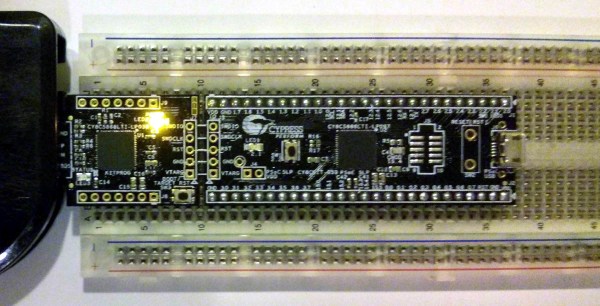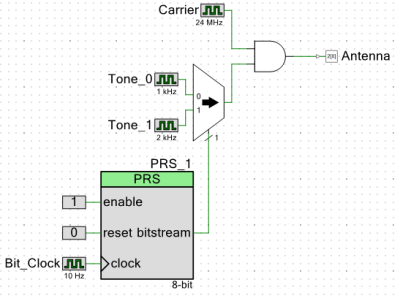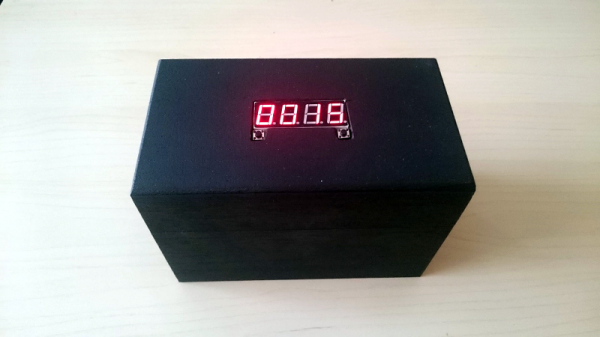This is it, the Hackaday SuperConference blasts into existence tomorrow. You should be there.
Hardware is passion. Hardware is art. Hardware is creation. Hardware is life. This is your mantra and this weekend is your one chance to connect in person with your community. At this very moment the people presenting 30+ spectacular hardware talks and hands-on workshops are headed to San Francisco to make it happen. They are joined by hundreds of Hackers, Designers, Engineers, Artists, and other Bohemians that make up something unique: a hardware conference that is actually about hardware creation.
You need to be a part of the SuperCon. It runs Saturday and Sunday at Dogpatch Studios. If you can’t make it for both days, block out your Saturday night for the Hackaday Prize Party. Starting at 5:30pm you can catch [Sprite_TM’s] talk, join a fireside chat with MythBusters veteran [Grant Imahara], be there live for the 2015 Hackaday Prize and Best Product award announcements, and then enjoy dinner and the celebration afterward. There is no charge to attend the Prize Party.
There is no better way to spend time than by exercising your passion. Don’t let the Hackaday SuperCon pass you by.







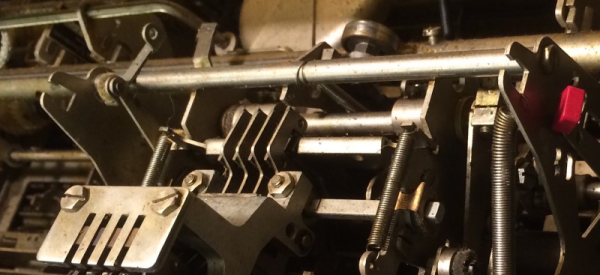

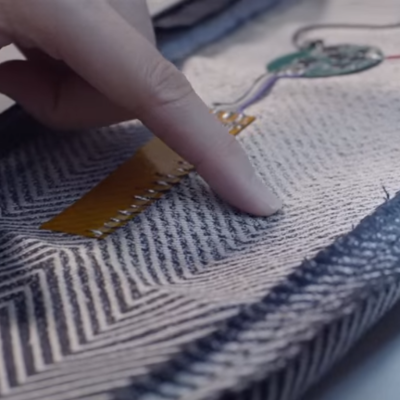 The approach that Project Jacquard has taken from a hardware standpoint is on point. Rather than having an end user product in mind and design completely towards that goal, the project is focused on the interface as its product. This has the added benefit of endless varieties of textile interface possibilities. As stated in the video embedded after the break, the conductive touch interface can be designed as a visibly noticeable difference in material or seamlessly woven into a garment.
The approach that Project Jacquard has taken from a hardware standpoint is on point. Rather than having an end user product in mind and design completely towards that goal, the project is focused on the interface as its product. This has the added benefit of endless varieties of textile interface possibilities. As stated in the video embedded after the break, the conductive touch interface can be designed as a visibly noticeable difference in material or seamlessly woven into a garment.